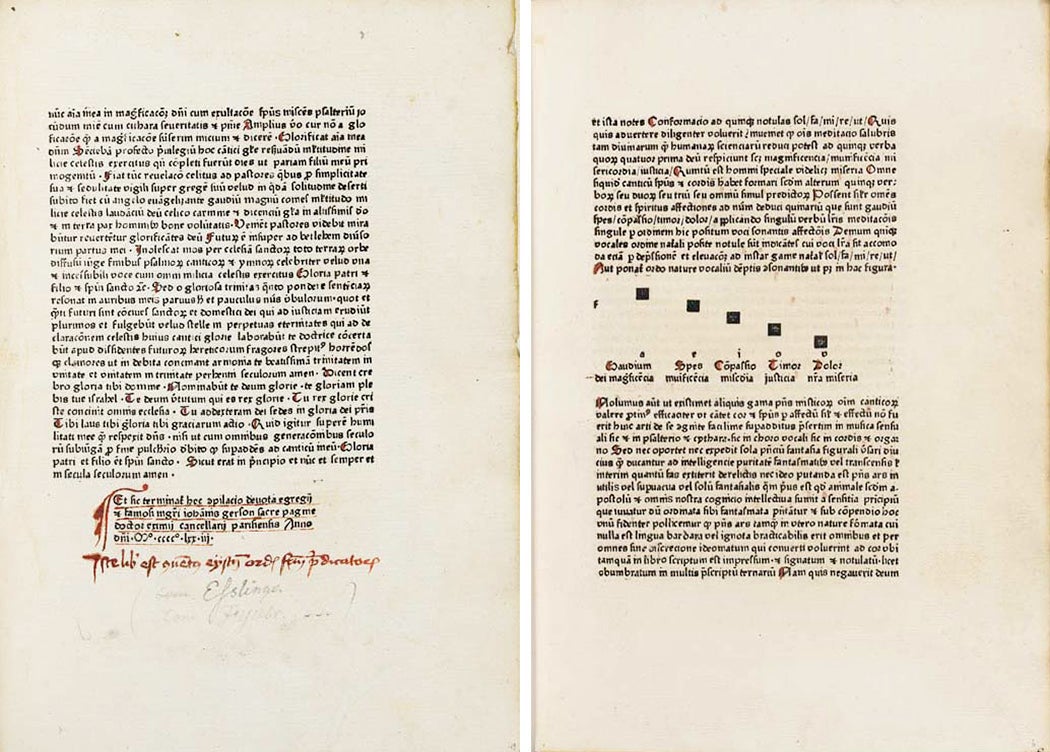For many cloistered monks and nuns in the medieval world, a significant part of each day might be spent singing or chanting. But the leaders of religious orders didn’t always have a consistent explanation of why this was a good use of their time. Historian and musicologist Elizabeth Lucia Lyon explores some of the theological ideas animating the use of song in praising God.
Just before the dawn of the medieval period, Lyon writes, St. Augustine of Hippo discussed musical elements as tools for bringing people to Christianity. In fact, he wrote that they played a role in his own conversion, describing the singing he heard at the church of Milan in the face of the persecution of Christians by the Roman Empress Justina.
“Those voices flowed into my ears, and truth was distilled in my heart,” he writes. “And from this an affection of piety flamed up, and my tears flowed.”

But, for Augustine, song could also represent a temptation to merely enjoy sensual pleasure. It was worthwhile only if it helped the singer or listener pay attention to the words of a hymn or if it put them in a state of mind that encouraged belief. (Augustine recognized that this was a potentially dangerous use of music since it could also help in the acceptance of false ideas, but he saw it as useful in the hands of responsible Christian leaders.)
Lyon writes that St. Thomas Aquinas, who lived about 800 years after Augustine, in the High Middle Ages, took the theology of song in a somewhat different direction. He agreed that music could encourage attention to a hymn’s message, but he suggested that it could be worthwhile even for members of the laity who couldn’t understand the Latin words. Simply knowing that the purpose of the chant was the praise of God could elevate their attention toward devotion.
Even later, in the fifteenth century, French theologian Jean Gerson drew on both Augustine and Aquinas in his discussion of musical prayer. But he went even further than Aquinas in asserting that music could serve a spiritual purpose beyond aesthetically enhancing prayerful words.
Weekly Newsletter
For Gerson, Lyon writes, the point of chanting was the “song of the heart,” the placement of the mind on God. To help achieve this, he created a system called the “mystic scale” that connects each vowel in Latin to a musical note and to an emotion—joy, hope, compassion, fear, or sorrow. Gerson believed that focusing on this linkage while singing or listening could bring the body into alignment with an intellectual connection with God, even without understanding the words.
In the centuries after Gerson’s time, European music became increasingly secular. But music theorists and professional musicians continued to draw on ideas developed by theologians to understand how particular musical elements could evoke beneficial psychological states, softening a hard heart or alleviating fear.
Support JSTOR Daily! Join our membership program on Patreon today.







